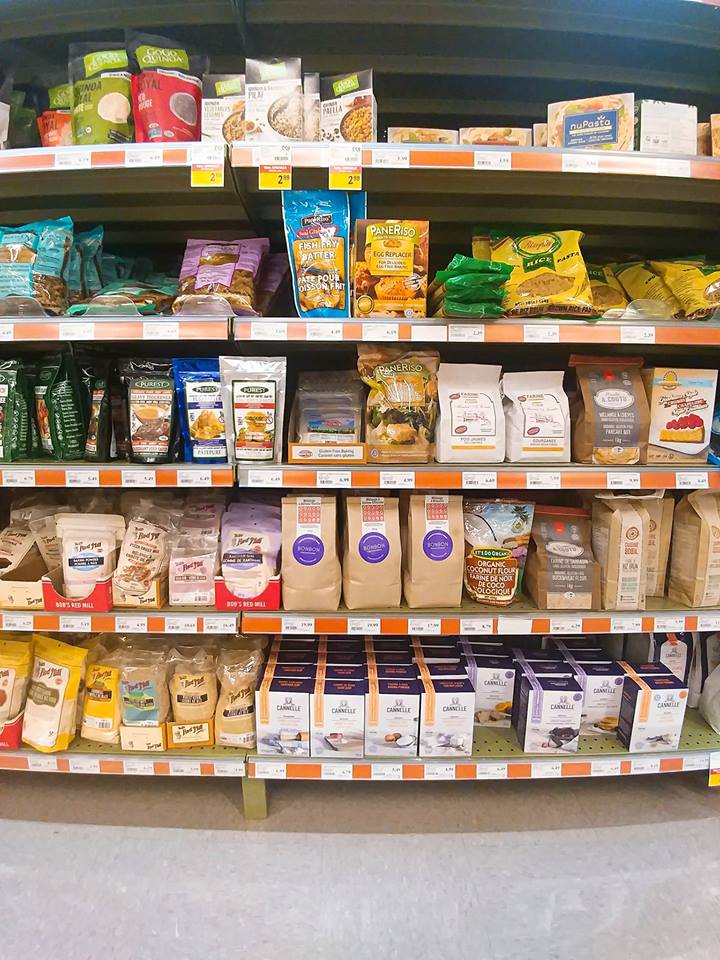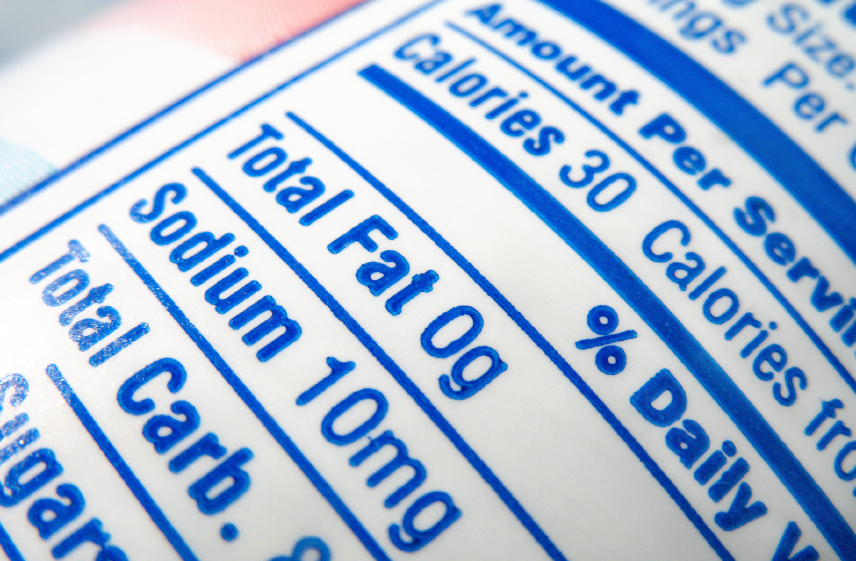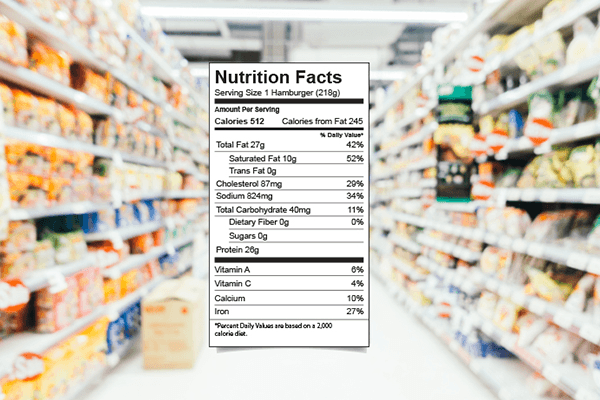As a restaurant and food consultant, I’ve known many a great food product that has started life in the home kitchen. Take the example of BonBon Collections. This thriving new business was the brainchild of Thao Nguyen, with the idea being borne from Thao’s second child Olivia having severe food allergies. Thao worked creatively at first in her own kitchen, experimenting to produce her range of cakes and sweet treats that were free from allergens such as gluten, egg and nuts.

When you’re a first time manufacturer just starting out most of us need to keep costs down, while, of course, doing the necessary things.
Obviously if you’re wanting to get a food product to market there are several important things you do need to do. In terms of the packaging, you’ll have to think about things, such as, what kind of packaging you need to prevent damage and the materials you use – especially if the product will be heated, either in a conventional or microwave oven. You also need to think about packaging design and the wording on the packaging so that you are compliant. That also incorporates nutritional analysis information and since it can be somewhat of a minefield, I’ll talk you through your options and offer my advice.

Why Is Nutrition Analysis Important?
You might think as a start up you can do without nutrition analysis. However, most packaged food is required federally to include a nutrition label so that makes it pretty important to say the least. If you are hoping to have your product stocked in stores, you’ll need to have nutritional facts labels ready and printed on your packaging.
It’s not just that it’s the law, consumers want to see your nutrition information so that they can make informed choices about the food they eat. It may be that your food meets certain criteria in which case you can make specific health claims such as gluten-free, low fat or high in protein. In which case, the inclusion of nutrition facts labels could be a real boon for your product.
How To Get Nutrition Analysis
There are several ways you can use to obtain your nutrition analysis data including:
- Laboratory analysis
- Analysis from an independent company/consultant
- Analysis using CD-ROM Programs
- Web-based Nutrition Analysis Software
I’ll explain the pros and cons of them all in a little more detail, in terms of the first time food manufacturer.
Read more: How to Operate in the New Post-COVID Era
Laboratory analysis
Laboratory analysis involves creating a sample of your food and sending it away to be tested. The cost of which can be up to $800 per food item which means you’ll have to dig deep into your pockets prior to your product ever being launched. With all the other costs of getting a product to market it’s at best an unwelcome outlay. Lab analysis also takes time (up to a month) which we all know is money especially if you are ready and raring to pitch your product to would-be retailers.
If you can avoid using lab analysis, then I would. You won’t, however, be able to avoid it if your product is heavily processed or deep fried as only a lab will be able to analyse how much fat is absorbed by the product during the cooking process.
Read more: Bitesize: Does Menu Labelling Work?
Analysis From An Independent Company/Consultant
Another option is to have your product analysed by an independent consultant or nutritionist, but once again this is an expensive choice. It will cost you several hundred dollars and this time it comes at the price of sending away your recipe. While, of course, a professional company is unlikely to steal your idea or recipe, it still doesn’t feel great to send away what is essentially your main asset.
You may find that you will still pay a heavy price to have a recipe tweaked (maybe up to $100) and additional charges may apply if you want to highlight certain health claims such as low sugar or low fat.
Analysis Using CD-ROM Programs
A CD-ROM Program is a more affordable choice and you’ll avoid the time delays and worry of losing your “trade secrets” however, this option also has a number of downfalls. The system is somewhat outdated now, and you may even find it difficult to find a computer that has the capacity to install a CD-ROM drive.
You also have the issue of needing to buy a new version of the software as and when new FDA guidelines are implemented. Storing recipes on your computer has some risks. It is possible to loose all your data if your computer crashes and you haven’t backed up your files. Additionally, if your laptop is stolen, all your recipes and nutrition labels will be gone.
Read more: Responding to COVID-19
Web-based Nutrition Analysis Software
By far the best option is web-based nutrition analysis software, and it’s also the most affordable. With this option you’ll be able to keep all your information in-house and there are no time delays to setback your product launch. This method is a way of using the collated details of already tested ingredients from a vast database to calculate the nutritional information of your product.
With this method you benefit from not only being able to access your nutrition information anywhere from any computer or device, you’ll also benefit from secure information that can only be accessed with your login details.
All you have to do is enter your ingredients and the amount to create your labels, but some companies will also offer the feature of doing this for you for an additional fee.
You may find that when you have created your nutrition label, you would like to make it more attractive for today’s health conscious consumer. And this kind of software means you can make adjustments to your product as you go along.
This kind of software also offers the benefit of having the ability to include allergen statements. You can also highlight health claims such as low fat as well as which products are suitable for vegetarians and vegans.
But not all web-based nutrition analysis software companies are the same! I was shocked to find the amount of variation in cost. Some companies are charging as much as $225 for access to the software to produce just ONE label!
With MenuSano you can pay from as little as $25 for monthly plans to create several or an unlimited number of nutrition labels.
Read more: Operating in a Post-COVID World with Jo-Ann McArthur of Nourish Marketing
Menusano Nutrition Analysis Software
MenuSano is extremely easy to use. Simply sign up and you are all set to go. All you need to do is set a username and a secure password. Then it’s a case of creating your first nutrition analysis label. Begin by adding your first ingredient, then simply add the amount from a list ranging from a dash or a teaspoon to an ounce or whole ingredient. Then just tap in the number, for example “3” for 3 tablespoons. Once you have added all the ingredients in your recipe, you’re done! It’s as easy as that. Press export and your label is ready to view, store and print.
Read more: A Conversation with Chef Luciano Schipano
Final Thoughts
I hope that I’ve helped with my quick guide. What can appear to be a rather complicated and expensive part of launching a food product, really couldn’t be easier and more affordable with MenuSano.
Check out MenuSano’s pricing and join TODAY!



















